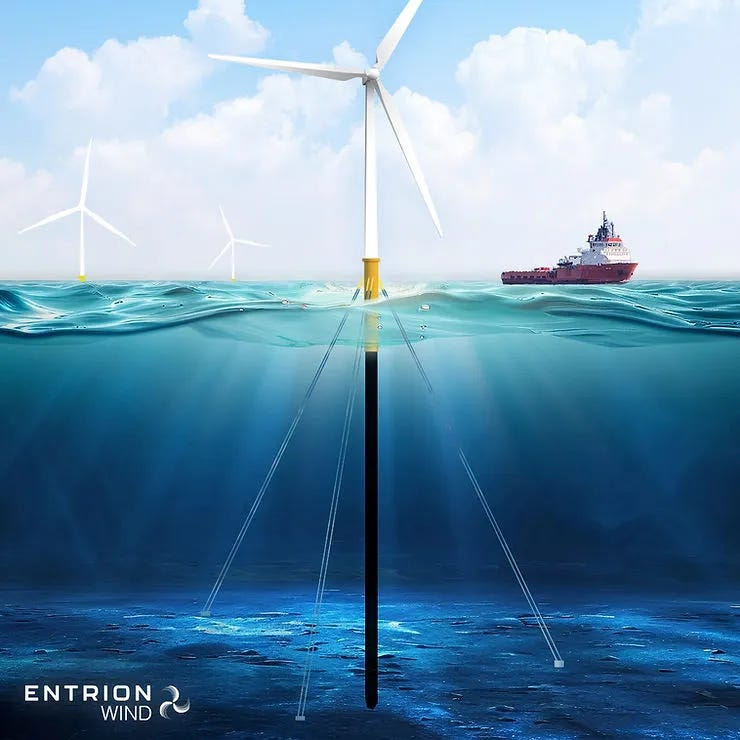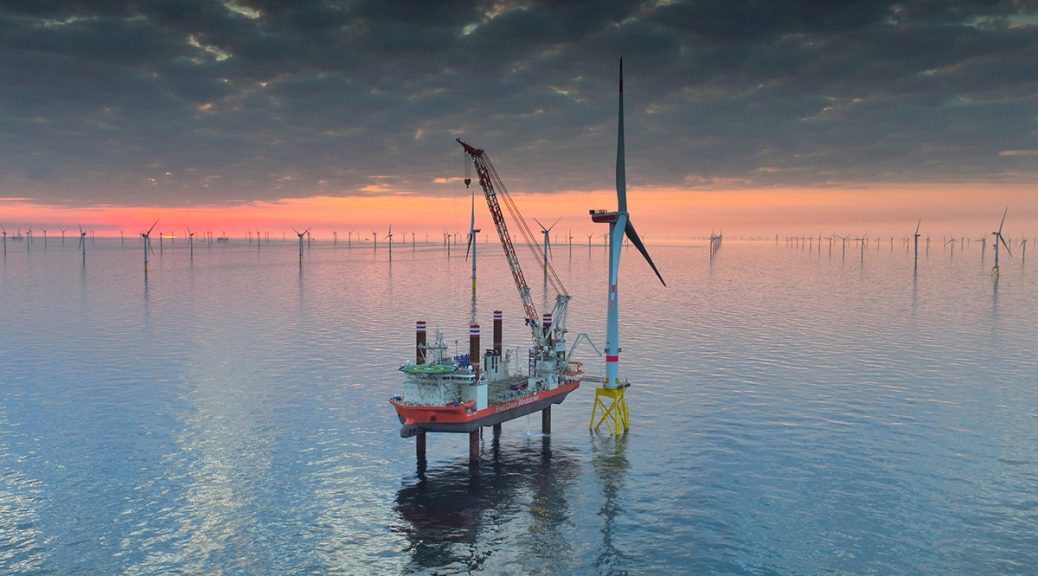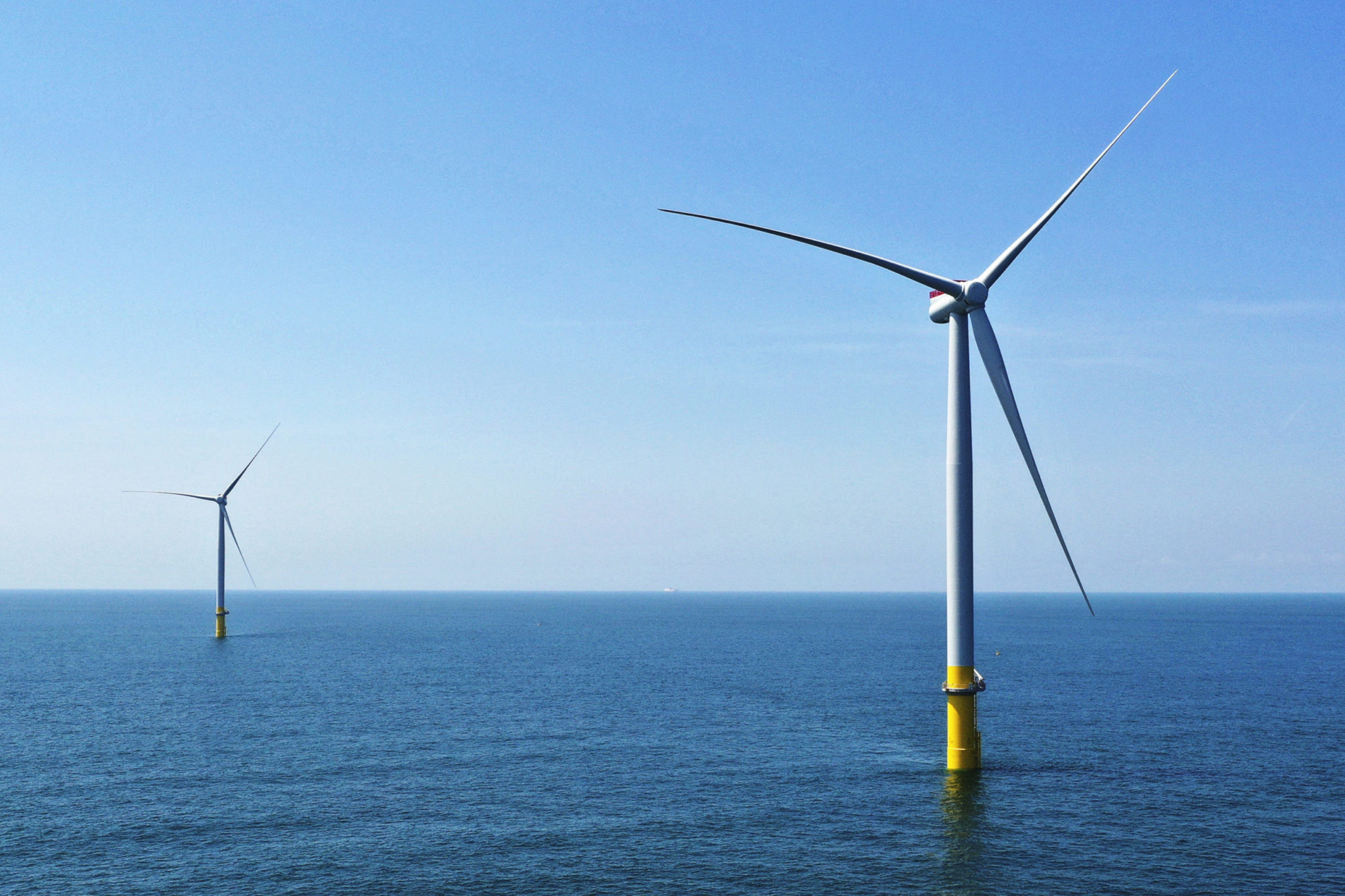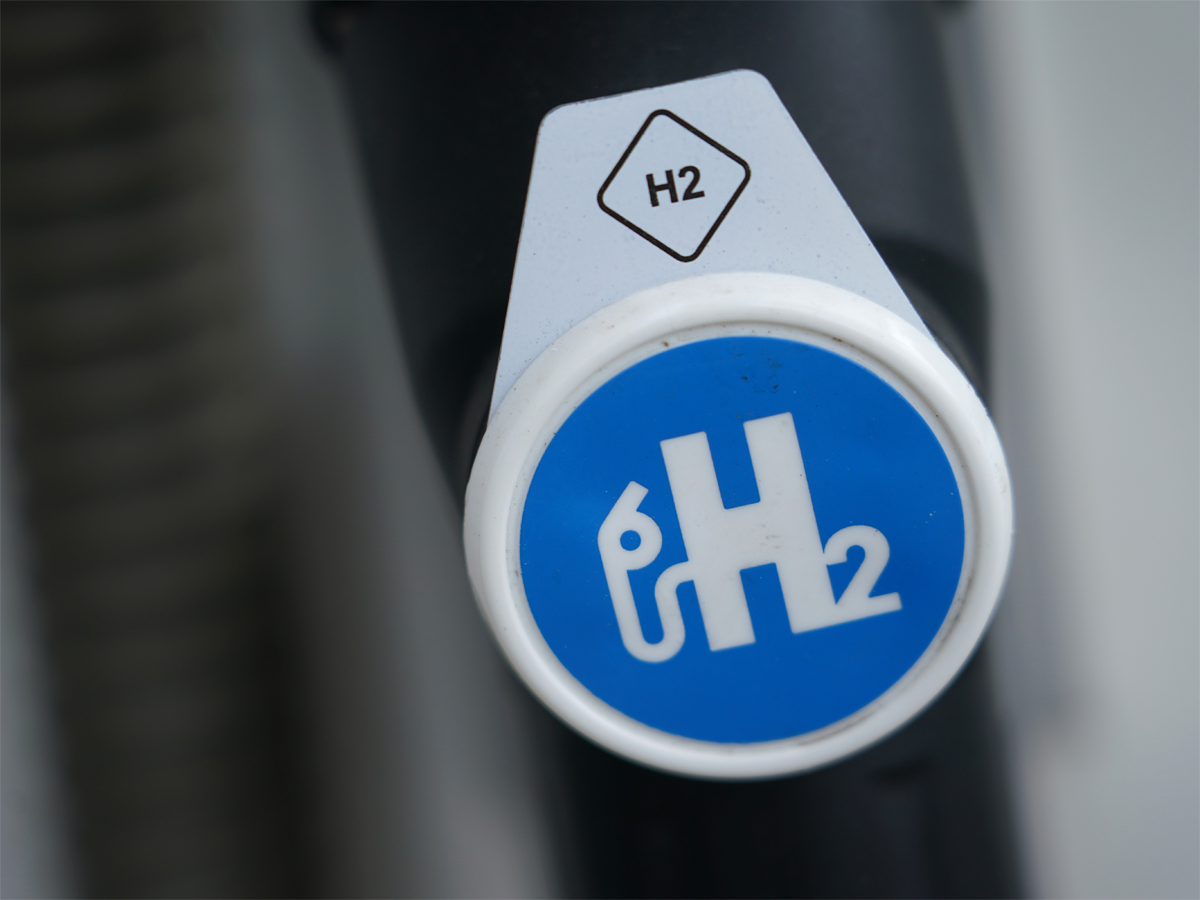 Green hydrogen could be a key tool to meet climate goals. It also could make things a lot worse, if policy makers get this one critical step wrong.
Green hydrogen could be a key tool to meet climate goals. It also could make things a lot worse, if policy makers get this one critical step wrong.The U.S. is developing rules for green hydrogen incentives as part of the Inflation Reduction Act, and the options are up for grabs. The Biden administration faces pressure from developers, trade groups, and environmentalists over how to phase-in zero carbon requirements for green hydrogen production. New research suggests the direction it chooses could have a major impact on the climate.
There's broad consensus around a "3 pillars" policy that would require new clean electricity for green hydrogen production, feasible deliverability of that power, and hourly matching for emissions. The National Resources Defense Council, Clean Air Task Force, and Environmental Defense Fund have all backed the approach. The European Union, with ambitious green hydrogen goals of its own, finalized a similar framework.
But the hourly matching pillar is causing consternation among some clean energy heavyweights in the U.S.
The American Clean Power Association released a green hydrogen policy recommendation in June that advocated for the "3 Pillars," though with one exception. The trade group called for an exemption to hourly matching requirements for all projects that commence construction before 2029. NextEra, the largest clean power producer in the U.S., and an ACP backer, is pushing for a phase-in to hourly matching.
ACP said its guidelines “offer a compromise between supporting early-market development of green hydrogen while ensuring its production does not exacerbate the current climate crisis.”
Jesse Jenkins, an assistant professor and ZERO Lab lead at Princeton University, said a phase-in could result in projects coming online as late as 2032 receiving tax credits through 2041. Based on analysis by ZERO Lab, ACP's recommendation could lead to around $200 billion in green hydrogen incentives responsible for 700 million metric tons of cumulative CO2 emissions.
Jenkins discussed his findings on the Factor This! podcast from Renewable Energy World, and acknowledges that some kind of phase-in to hourly matching requirements could be necessary to get the U.S. green hydrogen industry off the ground. But he said grandfathering projects through 2028 "would be a devastating outcome that directly contradicts the statutory intent of the Section 45V clean hydrogen tax credit and imperils U.S. climate goals."
ZERO Lab's peer-reviewed analysis, published in January in the journal Environmental Research Letters, found that exempting electrolyzers from hourly matching induces 10-40 kg of CO2 per kg of hydrogen produced "due to the inability of uncorrelated renewable energy projects to displace emissions in a post-IRA market." That's a potential emissions impact of 100-400% of fossil methane reforming, Jenkins said.
"Places like Texas or Oklahoma or Kansas or other states that don't have (renewable portfolio standards) at all are going to be producing tons of renewable energy credits that don't have anywhere to go," Jenkins said on the Factor This! podcast. "You can basically buy them for zero. You know, slap them on your power at your electrolyzer and call that clean when it's anything but." And that, he says, is what projects are likely to do.
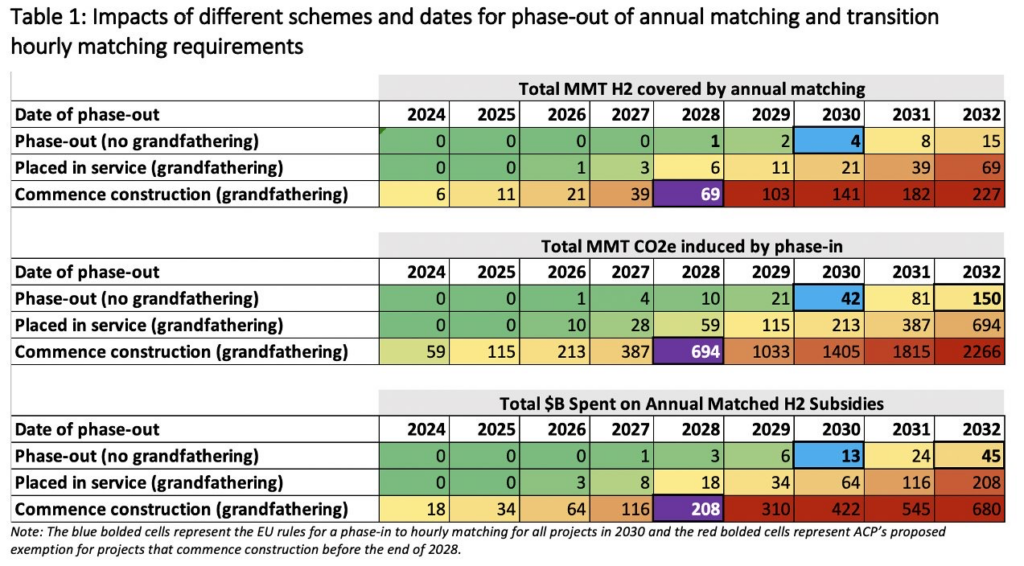
Source: Princeton University ZERO Lab
The ZERO Lab projects are based on growth achieved during the early years of the U.S. solar PV boom. Jenkins acknowledges that the comparison is imperfect, but provides a credible analog for an achievable scale-up of the nascent electrolysis industry.
In response to this reporting, JC Sandberg, American Clean Power's chief advocacy officer, defended the trade group's hourly-matching phase-in recommendation, arguing it is necessary to jumpstart the industry.
Sandberg told Renewable Energy World that the group settled on an eight-year ramp to hourly matching because it "seemed to be the sweet spot of the compromise." He added that, in some ways, he's surprised by the disagreement within the industry over the recommendation, in part because the green hydrogen industry is yet to get off the ground in the U.S.
"There are very strongly held positions on this on all sides for an industry that does not yet exist," Sandberg said in a phone interview. "We looked at the dials we could turn. Where is that sweet spot? And maybe we've missed it a little bit, you could argue. But what is that sweet spot between so much regulation early that there is no industry, and so little regulation that there is no decarbonization benefit."
Sandberg said, "We've tried to steer our ship into the lane where we can come in the middle and get this off the ground."
Belief that a prolonged phase-in of hourly matching is necessary to scale the U.S. green hydrogen industry isn't shared by all developers.
In a June letter to White House officials, leading developers EDP Renewables, Avantus, GridStor, Leeward Renewable Energy, Fervo Energy, and others wrote that an hourly matching requirement "essential to scaling truly clean hydrogen in the United States and ensuring that grid-based hydrogen production does not significantly increase emissions in the long run."
The companies added that "hourly matching is no more complex to implement than annual matching," noting that renewable energy credits already include locational information. However, hourly energy attribute credits are not yet tracked by all registries, which could support a phase-in of 18-36 months for the market to catch up, they wrote.
Some research suggests the emissions divide between hourly and annual matching could be negligible while leading to significantly higher production costs.
The consultancy E3, on behalf of the American Council on Renewable Energy found that under 34 of 40 scenarios in ERCOT, MISO, PJM, and SPP, annual matching induces CO2 emissions of less than 0.45 kg CO2 e/kg H2. In 25 scenarios, emissions were lower under the annual matching approach than the hourly matching approach (the matched clean energy production saves more emissions than the hydrogen load causes).
For all scenarios, across all markets, years, and renewable portfolio assumptions, hydrogen production costs were higher under an hourly matching requirement than under an annual matching requirement. Hydrogen production costs under an hourly approach are 14% to 108% higher than under an annual approach with the same renewable generation portfolio, E3 found.
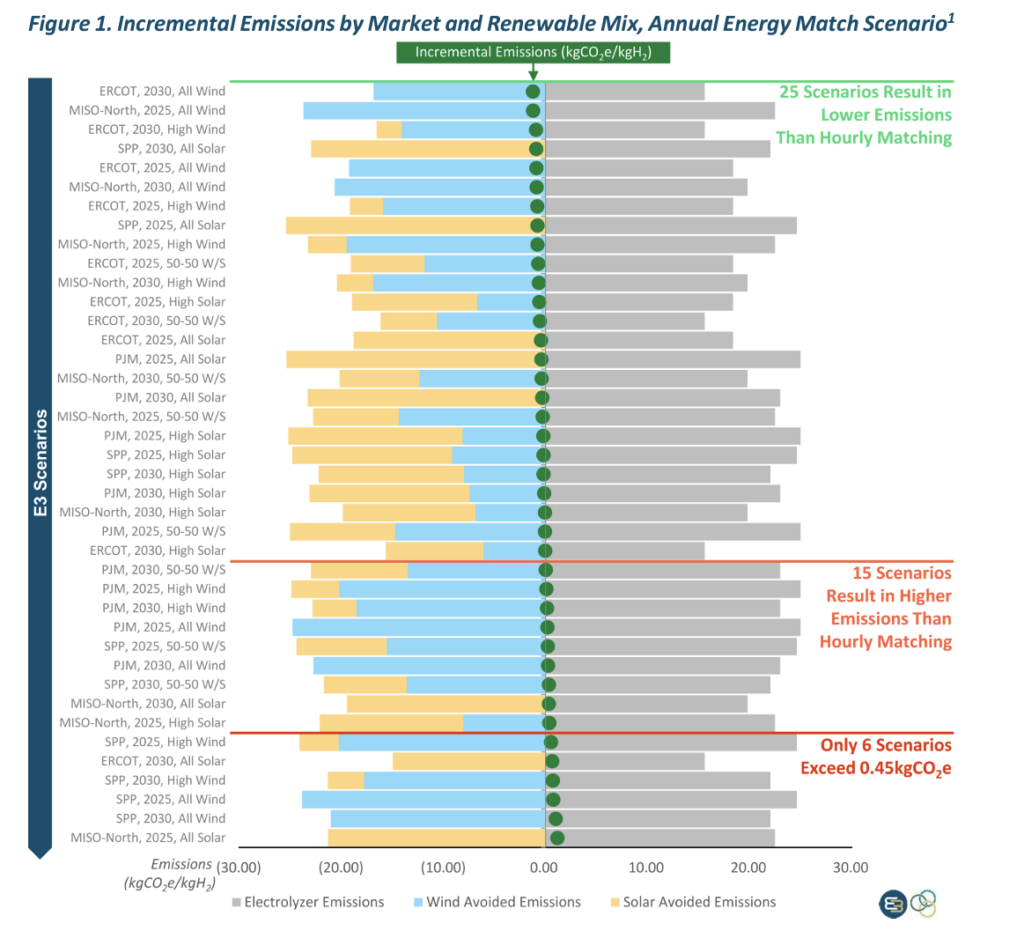
Source: E3/ACORE
Jenkins said he is optimistic that the White House, through the Treasury Department, will strike a balance on green hydrogen tax credits under the Inflation Reduction Act, as it has for domestic content, energy communities, direct pay, and electric vehicles.
"There's a whole lot of technical detail to get right," he said. "I think we're triangulating towards something that could work as long as they pay close attention to the different industrial policy objectives and the emissions objectives."
